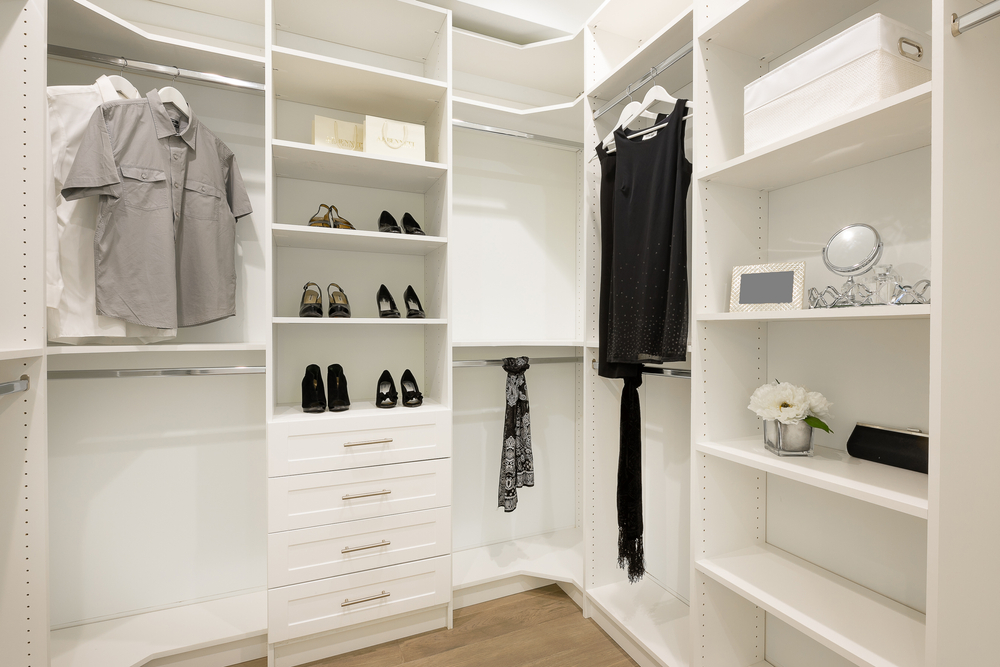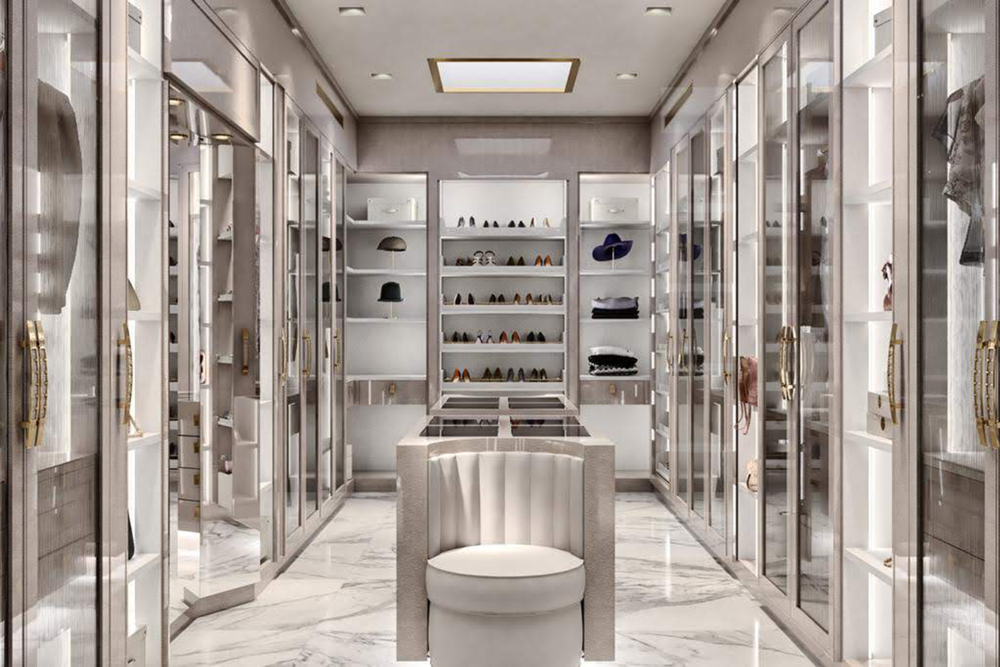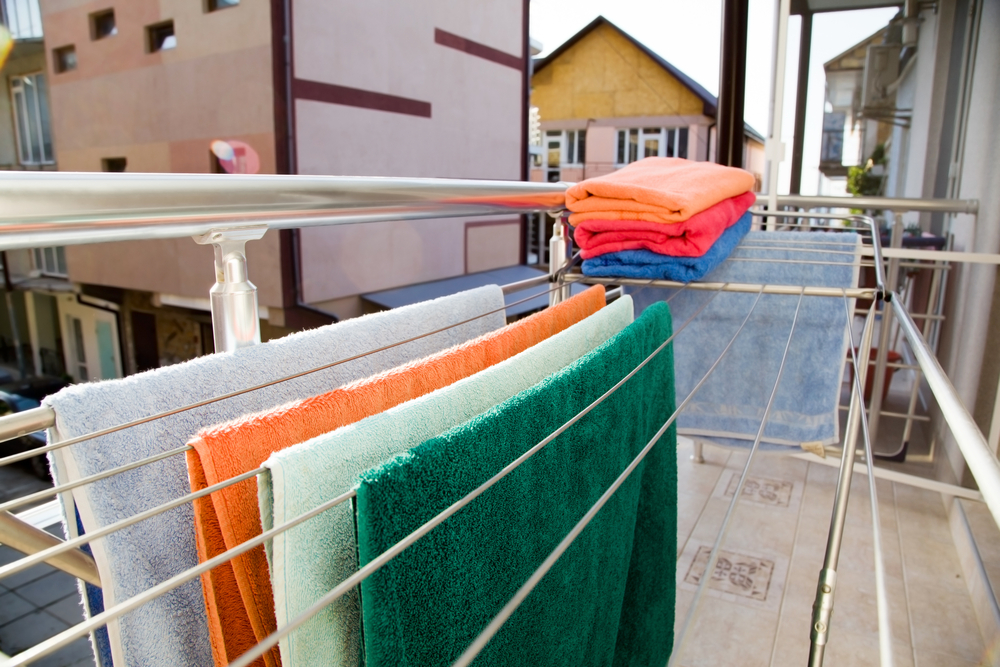If you’re an American who’s ever visited Europe, you’ve probably noticed a number of cultural differences.
Food, language, etiquette, sports, personal space, family affairs, education, transportation, living arrangements – you name it.
And a common question that Americans have about Europe is, “Why are there no closets in Europe?”
It’s uncommon to see closets in Europe simply because homes there are smaller and there isn’t enough space.
The average European doesn’t have enough clothes or possessions to warrant having a closet.
Instead, they buy closets, also known as cupboards or wardrobes, instead of buying or renting spaces with built-in closets.
In fact, the question shouldn’t really be why Europeans don’t have built-in closets. It should be why Americans even have them.
And the answer to that question is that Americans simply own more possessions, including clothes, and generally have bigger homes than Europeans.
Table of Contents
Why do Americans have more possessions than Europeans?

Consumption in America is quite easy, thanks to the rise of things like warehouse supermarkets, wholesalers, and same-day delivery and one-click shopping services.
Even though American children only make up 3.1% of the globe’s kid population, American families buy over 40% of the toys purchased worldwide.
Not only have built-in closets become a staple in modern American homes, but an entire industry – the storage industry – has emerged to address Americans’ conspicuous consumption.
In fact, it has turned into a $24 billion dollar industry and only continues to grow.
Where did America’s consumer culture come from?
When you look at American people’s excessive consumption, it may be difficult to believe that consumption in the US used to be difficult and rare.
Only a few hundred years ago, people in America had a limited number of options when they wanted or needed something, and the local general store was often their only go-to.
However, during the Industrial Revolution, catalogs promised furniture, sewing machines, pianos, buggies – almost anything in production that could be sent via mail.

In the late 1800s, the general merchandise catalog was born, and within a few decades, it was obvious that a new form of consumerism was emerging.
This new social and economic order offered a distinctly American idea that acquisition could elevate your social status.
The next wave of consumerism came after World War II when a new generation of furniture, appliances, and household items came into existence.
Then, the discovery of plastics made toys ubiquitous and cheap, and the advent of the television made marketers and advertisers find brand new ways to sweet-talk American consumers.
Consumption eventually became the American way of life, and it’s still very much alive today, especially with the growth of online shopping and e-commerce giants like Amazon and eBay.
The history of the built-in closet in America
Built-in closets in the US started to grow in popularity when textiles became cheaper and more readily available to American consumers.

It came to a point where the majority of Americans – thanks to the mass production of textiles – owned more than just two sets of clothing: a daily outfit and a “Sunday best” outfit.
Now, Americans owned more clothing than they actually needed, and the built-in closet eventually became the preferred storage solution.
The Dakota apartment building in New York City was one of the first places to build and advertise walk-in closets.
In the late 1800s, the Dakota used their closets as a way to attract wealthy tenants. According to an article published in The New York Times, their closets were 12 square feet, which would be considered very small by today’s standards.
Today’s closets are much larger on average. According to the National Association of Home Builders, the average closet is 146 square feet, and many closets nowadays are used for several other purposes besides the storage of clothing.
Besides storing clothes, many of them are used to store items like sports gear and housewares, and some of them are even decorated with furniture and used for lounging and even entertaining guests.

Other cultural differences between Europe and America
Although Western Europe is linguistically and culturally diverse, its geography, common history, and sociopolitical evolution have resulted in the development of a Western European culture that contrasts (often greatly) with American culture.
Of course, there are exceptions, but for the sake of brevity and simplicity, here are some cultural differences between Europe and the US:
- Personal space – In Europe, if you get in line to pay for something and notice a person standing right on your coattails, you shouldn’t be alarmed. Personal space often doesn’t exist in Europe, especially in Mediterranean countries, and you might end up discovering this interesting phenomenon in airport lines before you’ve even left the airport.
- Clothing – While flip flops, T-shirts, and athletic shorts are normal everyday attire for Americans during the summer, they aren’t for Europeans. Although Europeans generally own less clothing than Americans, they typically dress much less casually unless they’re going to the beach or a casual event.
- Driving – If you’re renting a car in Europe, you’ll have to be aware of speed cameras. Instead of being pulled over by a police officer for speeding, you might get snapped (and eventually fined) by a speed camera if you go over the speed limit. While some countries in Europe have camera symbol signs to warn you about the presence of speed cameras, others are a bit less conspicuous, which means you might arrive home with a speeding ticket in the mail or an extra charge on your rental car bill. Also, many cars in Europe come in manual transmission rather than automatic, so if you have a preference for automatic vehicles, you’ll probably need to brush up on your manual driving skills.
- Public toilets – While public toilets in the US are everywhere and generally easily accessible, they’re few and far between in Europe. And when they’re available, you usually have to pay to be able to use them. Although they typically cost only a few cents, it can be a hassle if you really need to go and are strapped for coins. To avoid falling into this quandary, you might want to use the facilities at restaurants or attractions you visit.
- Clothes dryers – In the US, where people own a large amount of clothing compared to people in European countries, clothes dryers can be found in most households. That’s not the case in Europe, where people often dry their clothes on racks positioned over balconies or courtyards. Even where dryers are available, they’re often not the fastest drying or most efficient, at least according to American standards.
- Dining – Besides differences in cuisine (and, of course, the local cuisine will depend on where in Europe you’re located), there are also differences in the way Americans and Europeans eat, especially when it comes to the use of the fork and knife. While Americans have an affinity for the zigzag method of eating, many Europeans consider this way of eating to be slow and inefficient.

Why do older American homes lack built-in closets?
Before the Industrial Revolution took place, Americans simply owned less clothing and therefore didn’t need as much storage space.
The few items they did possess were typically folded and placed in a chest of drawers, also referred to as a “clothes press,” or in a trunk, or they were hung on the wall from a hook (hangers weren’t invented until the late 1800s).
As time progressed and Americans owned more clothes, the need for larger storage spaces grew and the built-in closet eventually became a staple in American households.

















